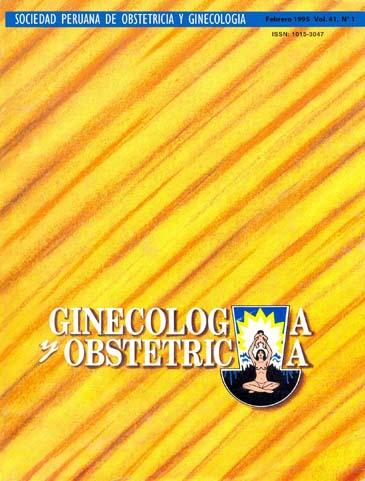Perinatal acquired immunodeficiency syndrome.
DOI:
https://doi.org/10.31403/rpgo.v41i1687Abstract
Since its discovery in 1981, AIDS has acquired importance as an STD of explosive dissemination that can be prevented. HIV fuses with CD4 T helper lymphocyte, integrates the host cellular genome and infects it chronically, eventually killing it. Progressive decrease of CD4 makes the patient susceptible to oportunistic infections and cancer. HIV transmission initially homo/bisexual now is becoming importantly heterosexual. AZT therapy reduces infections and increases Survival, but then HIV becomes resistant. Perinatal transmission occurs in 25 to 30 percent of children, but treatment with AZT diminishes such probability to 7 percent. Conditions associated to HIV are fetal growth retardation, prematurity, fetal death and perinatal HIV. Delivery must be vaginal, except for obstetrical reasons. Special gloves, masks, lenses and clothes should be used. Even though newborns will have positive serology due to maternal antibodies, at age 18 months most will be seronegative and less than 25% will became sick and die in a very short period, SIDA is transmitted by breast feeding.Downloads
Download data is not yet available.
Downloads
Published
2015-07-30
How to Cite
Pacheco Romero, J. (2015). Perinatal acquired immunodeficiency syndrome. The Peruvian Journal of Gynecology and Obstetrics, 41(1), 24–29. https://doi.org/10.31403/rpgo.v41i1687
Issue
Section
Salud Pública
















